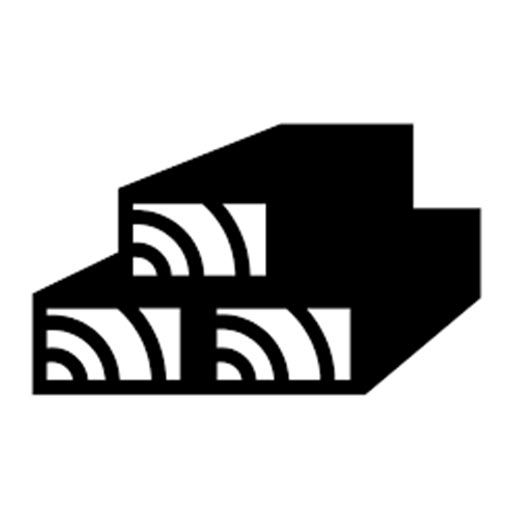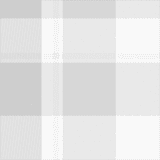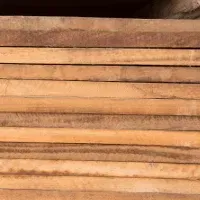Premium Cerejeira Lumber
Servicing Global & Local Customers
Freight Shipping or On-Site Pickup Available
Family Owned Since 1947
Wholesale & Retail Exotic Lumber Sales
Request Quote
Hero Request Form
Thank you for contacting us.
We will get back to you as soon as possible.
Please try again later.
Cerejeira
(Amburana cearenala)
Cerejeira (Amburana cearenala)
Newman Lumber Company

Cerejeira (Amburana cearenala)
The wood of the present and the future. A wood known also as Brazilian Oak or Blonde Mahogany. Attractive and stable, Cerejeira is a wood well worth it’s value.
- Family: Leguminosae
- Other Common Names: Amburana, Cumare, Palo trebol. Roble del pais (Argentina), Ishpingo (Peru), Brazilian Oak, and Blonde Mahogany.
- Uses: Construction, furniture, decorative veneers, and other applications requiring an attractive and dimensionally stable wood.
- Thicknesses: Available in 4/4, 6/4, and 8/4 Air-Dried and Kiln-Dried
Grades: F1F & Better, Quarter Sawn, #1 Common & Better, #2 Common & Better, Select & Better. - Distribution: Widely distributed in the dry regions of Brazil and Northern Argentina. In Peru, found in the tropical dry regions of the Huanuco Department of deep, well-drained soils.
- The Tree: Over 100 ft. in height and 2 ft. to 3 ft. in diameter, sometimes 5 ft.; boles are cylindrical with flutes to 3 ft.
The Wood
- General Characteristics: Heartwood yellowish or light brown, with a slight orange hue, darkening somewhat on exposure, not sharply demarcated from sapwood. Texture medium to coarse; luster medium to high; grain interlocked and irregular; mild to distinct scent and taste of cumarin or vanilla; rather waxy appearance, and feel.
- Weight: Basic specific gravity (oven-dry weight / green volume) averages about 0.55; 0.43 reported from Peru. Air-dry density range about 38 to 47 pcf.
- Mechanical Properties: (First set of values based on 2-in. standard, second set of values based on 2-cm standard.) Dry Janka side hardness 790lb.; air-dry Amsler toughness 154 in.-lb. (2 cm. specimen).
- Drying and Shrinkage: Reported to be easy to dry, though sometimes with fine end-checking. Shrinkage green to oven-dry: radial 2.3 to 3.0%; tangential 4/1 to 5/8%; volumetric 7.6 to 8.4%.
- Working Properties: Easy to work with machine or hand tools.
Durability: Reported to have good resistance to attack by decay, fungi, and insects.
| Moisture Content | Bending Strength (psi) | Modules of Elasticity (1000 psi) | Max Crushing Strength (psi) |
|---|---|---|---|
| 14% (2) | 10,715 | 1,363 | 6,100 |
| Green (30) | 9,880 | 1,343 | 4,670 |
| 15% | 12,820 | --- | 6,860 |
- Bullet text
- Bullet text
- Bullet text
- Bullet text
- Bullet text
- Bullet text
- Bullet text
- Bullet text
- Bullet text
- Bullet text
What is the appearance of Cerejeira wood?
Cerejeira has a light golden to pinkish-brown color with a fine, uniform texture.
What are common applications for Cerejeira?
Cerejeira is often used for high-end furniture, cabinetry, and decorative veneers. Contact Newman Lumber Company today to get started.
Is Cerejeira easy to work with?
Yes, Cerejeira is generally easy to work with using both hand and machine tools.

CP #1 Headline
CP #1 Body
CP #1 CTA Lead-in
Not valid with any other offers or promotions. Restrictions apply.
Must mention this coupon at the time of scheduling.
Gallery Heading H2

Cerejeira
We will get back to you as soon as possible.
Please try again later.








